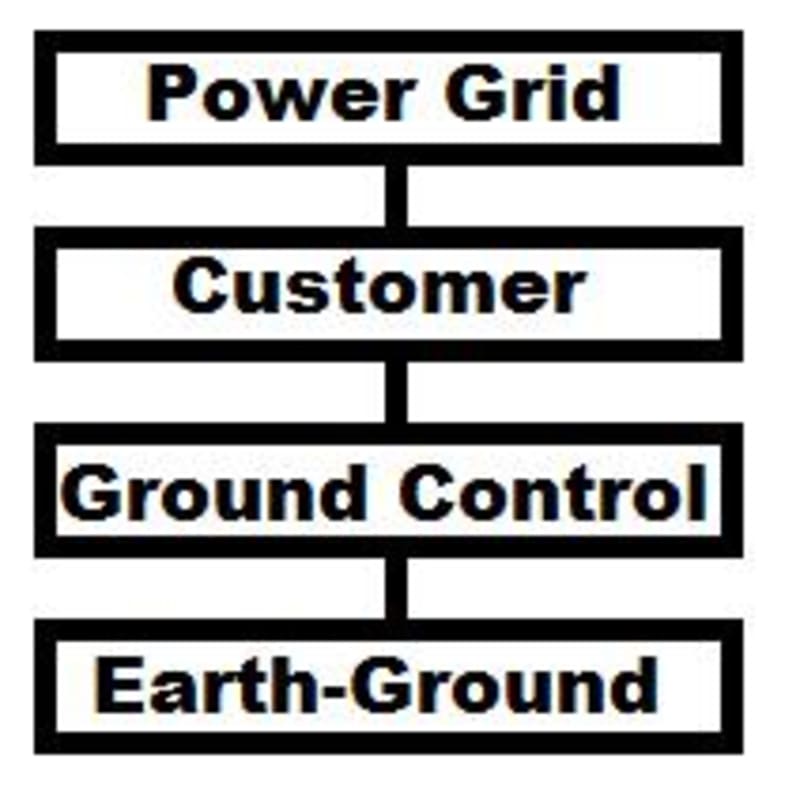When power companies distribute electrical power to their customers, they are dealing with conflicting requirements:
On the one hand, it is desirable to maintain the highest line voltage that the distribution system itself can safely handle, due to the following facts.
Higher line voltage means that more power is instantaneously available and there is less prospect of line voltage decreasing to the point where customer equipment malfunctions or is even damaged.
Higher voltage also makes more efficient use of the grid infrastructure since far more energy can be transferred without increasing ohmic resistance losses.
On the other hand, we have the conflicting requirement that devices should only be run at the lowest practical voltage because:
Excess voltage potential can also damage customer equipment.
Excess voltage potential wastes electrical power since P = VI.
These conflicts are further-exacerbated by the fact that earth-ground potential itself varies quite significantly from point to point, within the entire grid distribution as well as throughout every level of every subsystem.
The present invention provides a unique opportunity to adequately address these conflicting requirements:
One the one hand, electrical power can be distributed at the highest voltage that the grid distribution system can handle for greater distribution efficiency.
On the other hand, A microprocessor-controlled impedance-producing, oscillating circuit is set up between the customer circuits and local earth-ground. This gives us the ability to dynamically and locally control the relative voltage potential that is acting on the customer equipment in the face of an already overly-variable supply voltage, even if the supply voltage is allowed to swing even higher than is currently permitted, which is actually desirable for greater distribution-efficiency and improved grid stability.
Power companies already sell power to consumers that is often at higher voltages than are optimal for consumer purposes. Therefore, even if power companies do not alter their own practices, the consumer benefits from the present invention because he is enabled to better-control exactly how much power his devices use. This can be accomplished on a device by device basis or by a circuit by circuit basis or we can control the ground-potential for the entire customer electrical panel; for example motors and lighting have significantly different voltage requirements.
Ground-Control (G-C) accomplishes much of what the Smart Grid technology is trying to accomplish, but without the need for centralized controls; therefore, G-C can be immediately implemented while the rest of the Smart Grid to be brought online. This can be done without even interrupting customer service and without even having to setup a service appointment with the customer since it will be little more intrusive than meter reader personnel stepping onto private property, as is already done, routinely.
If desired, the devices can also include a modest power-storage feature that compensates for momentary power surges withing the customer's system or momentary brown-outs on the part of the power company; again, the goal is to increase grid stability and efficiency.
Like this entry?
-
About the Entrant
- Name:William Smith
- Type of entry:individual
- Patent status:pending

